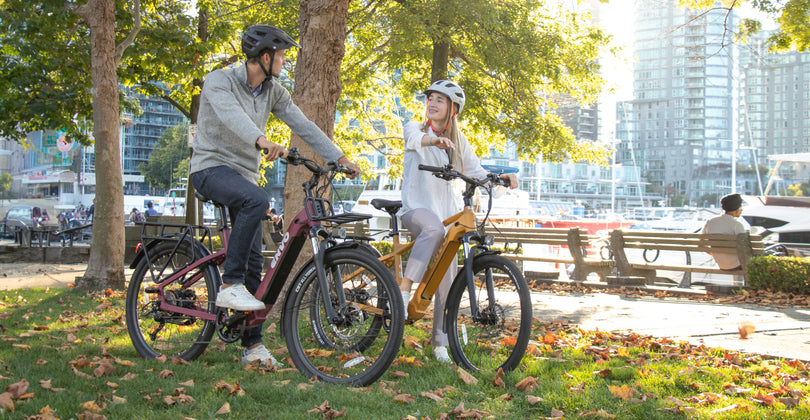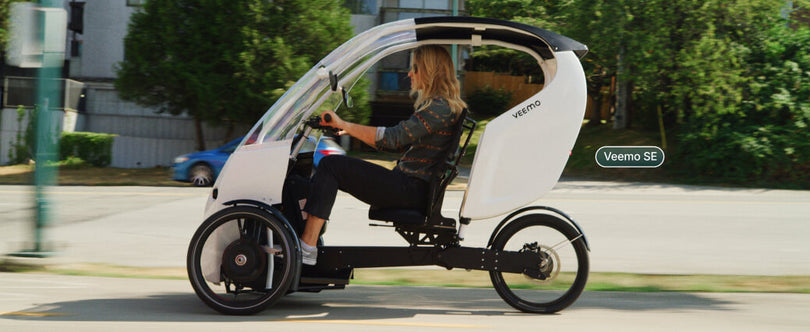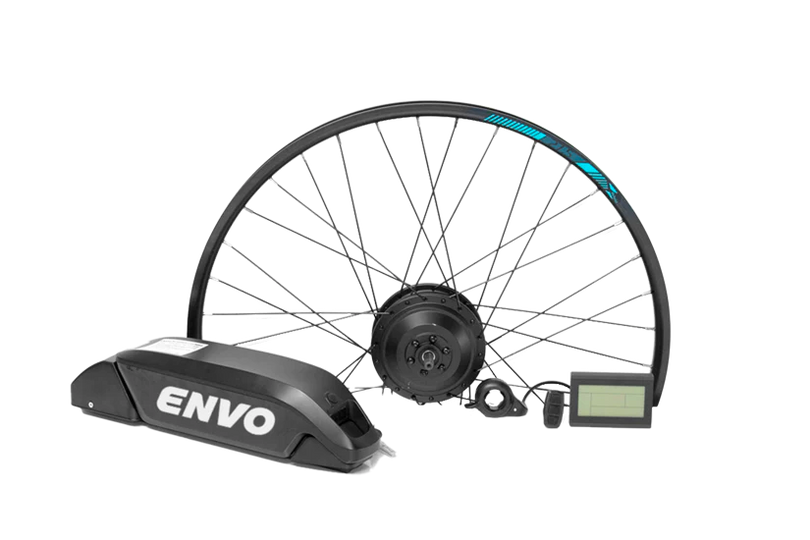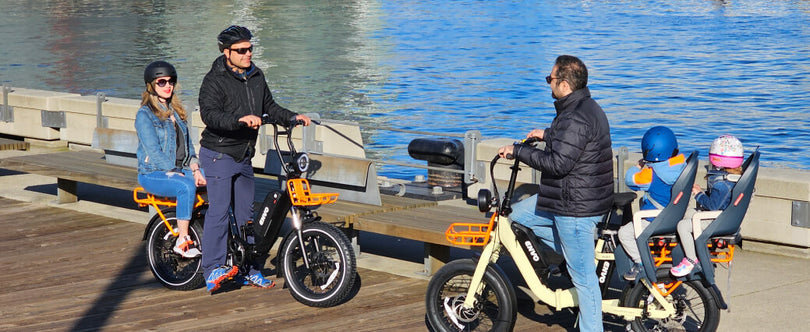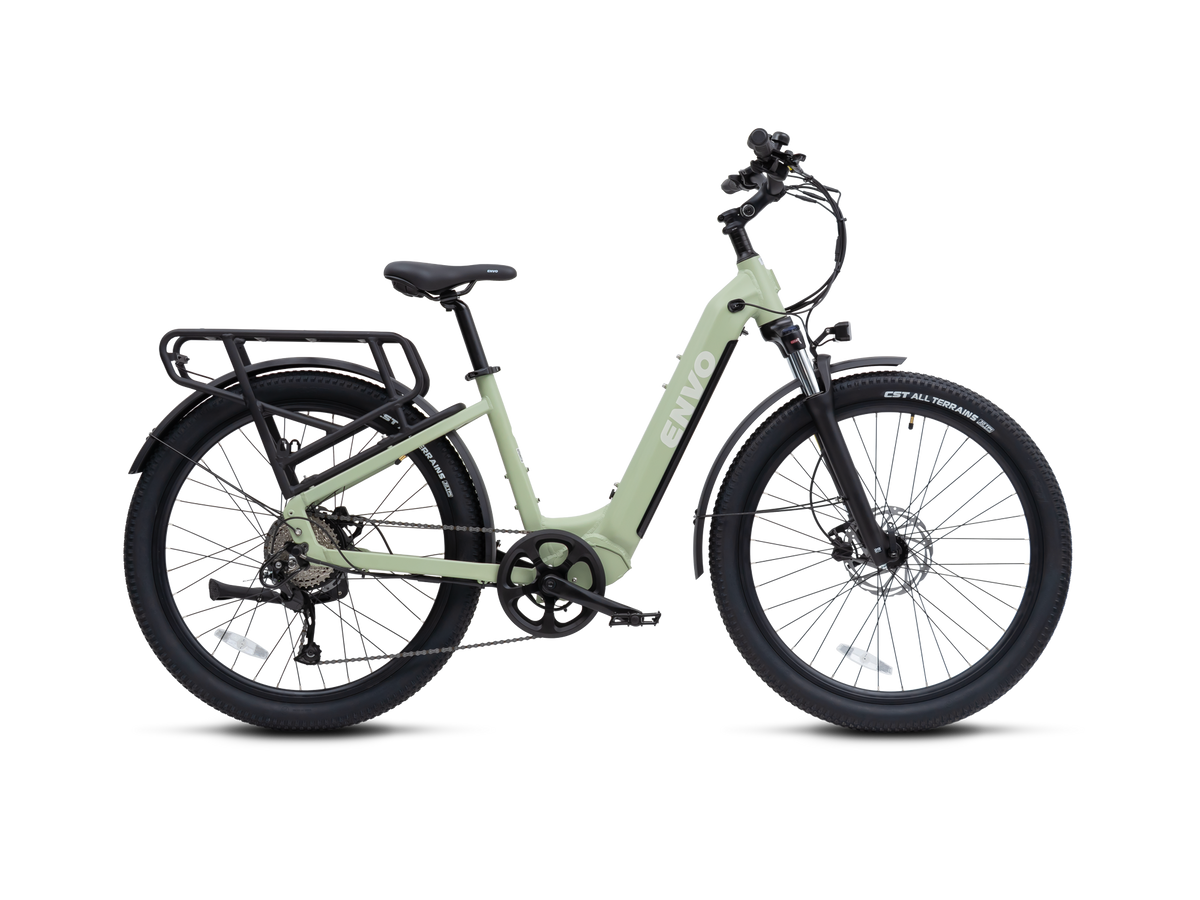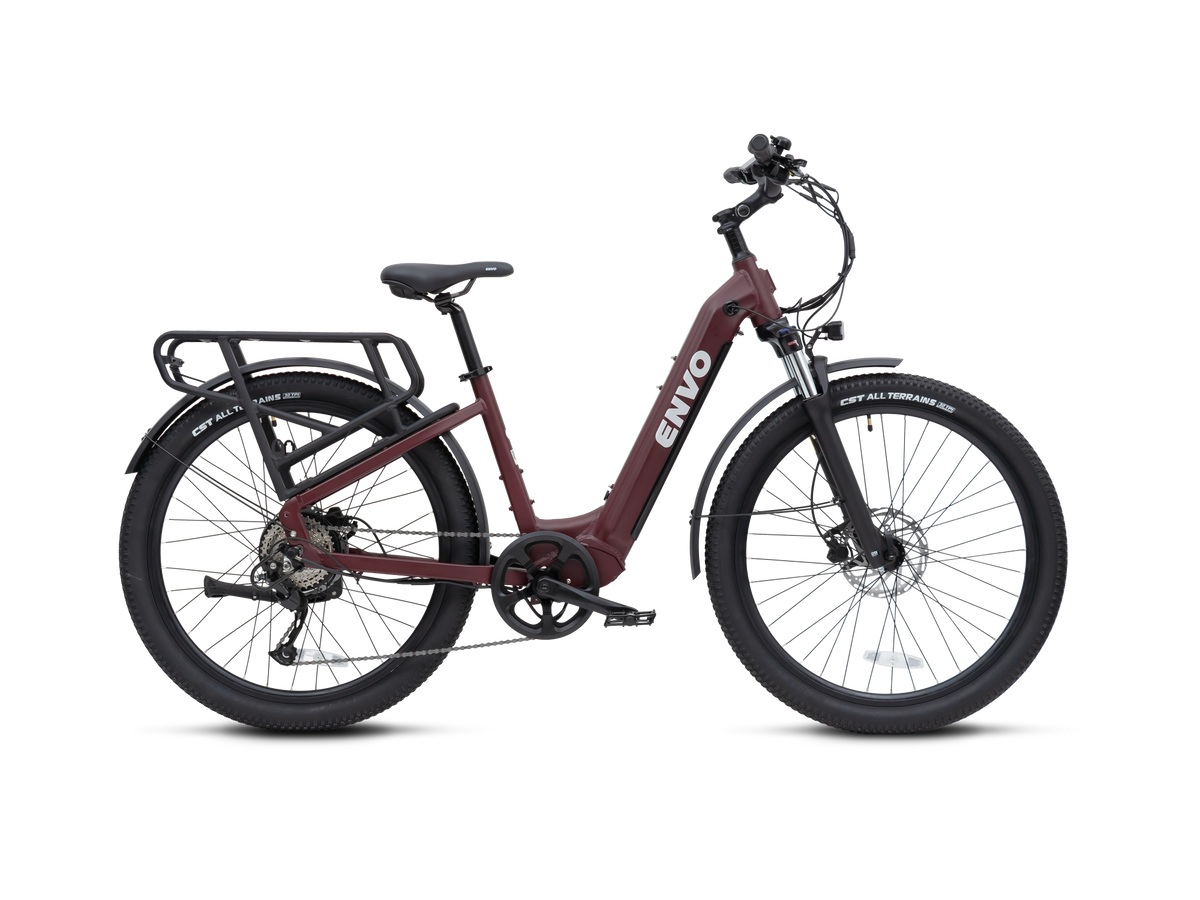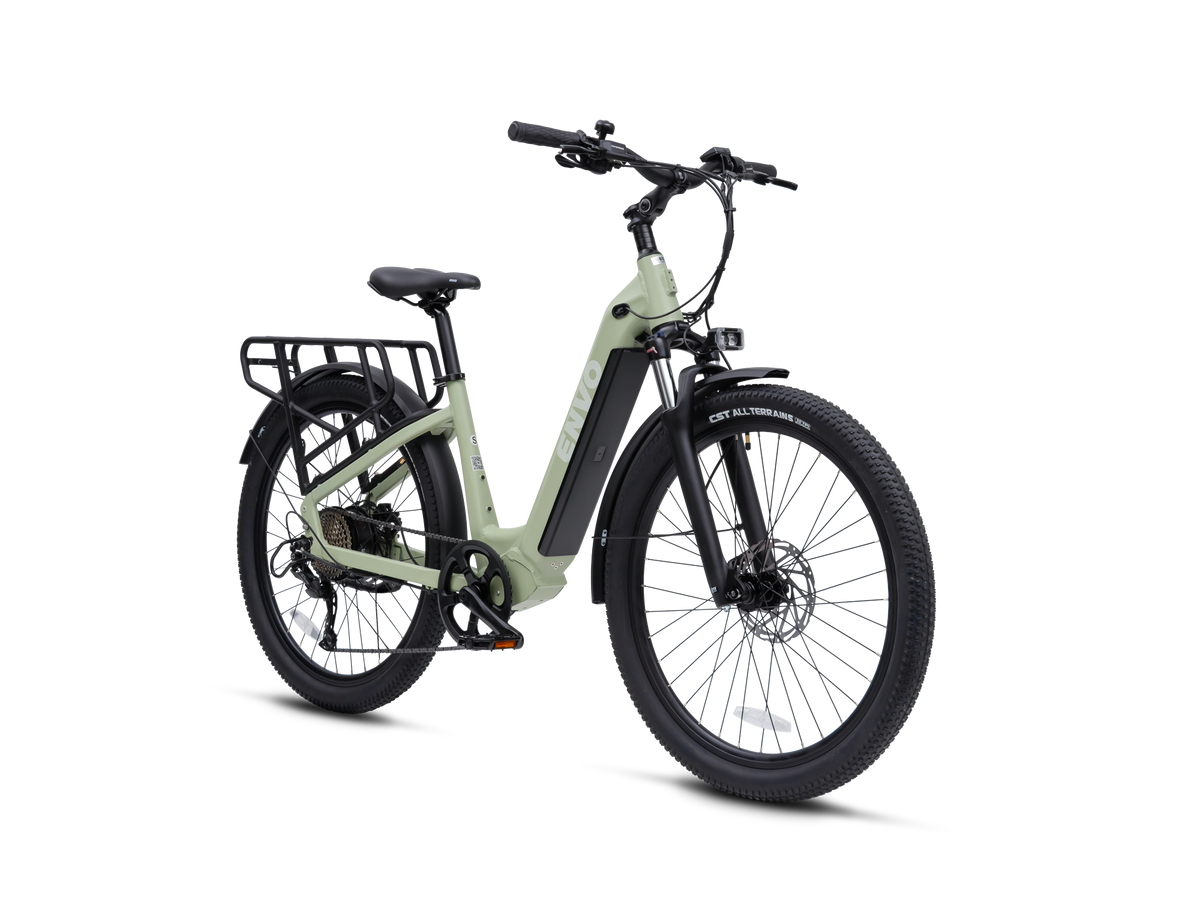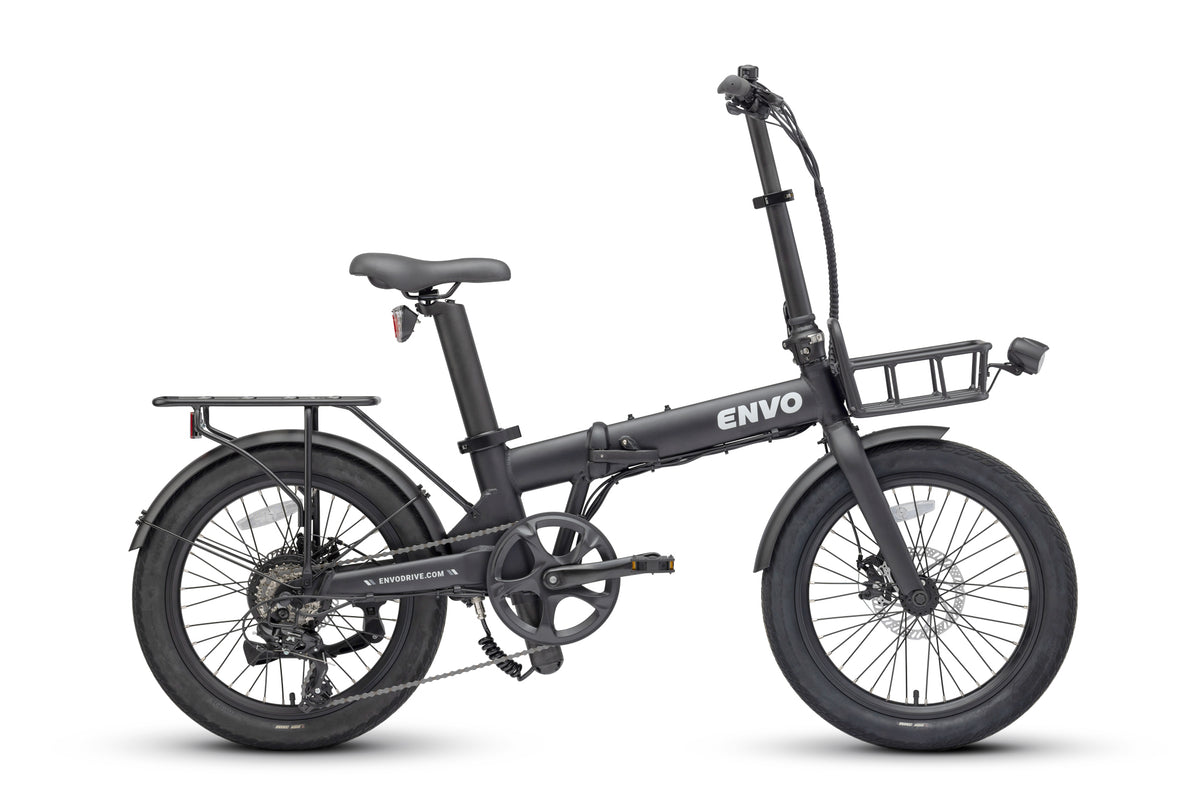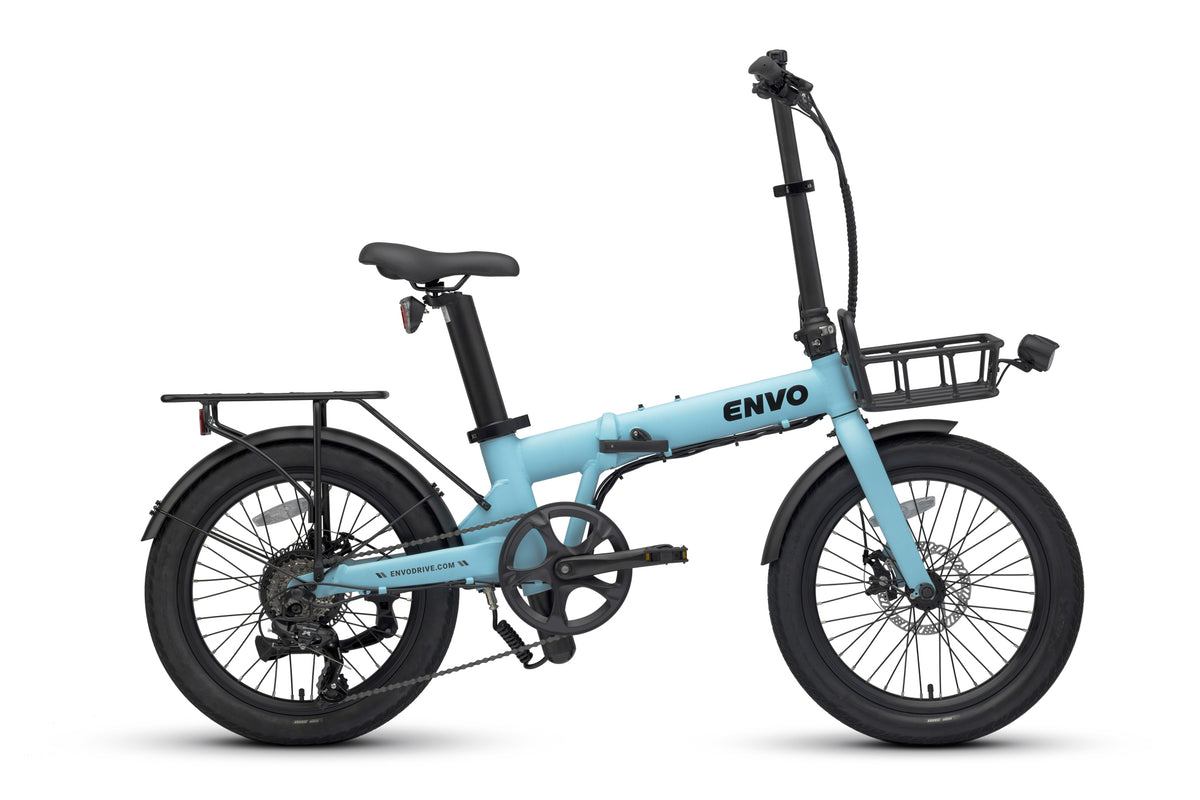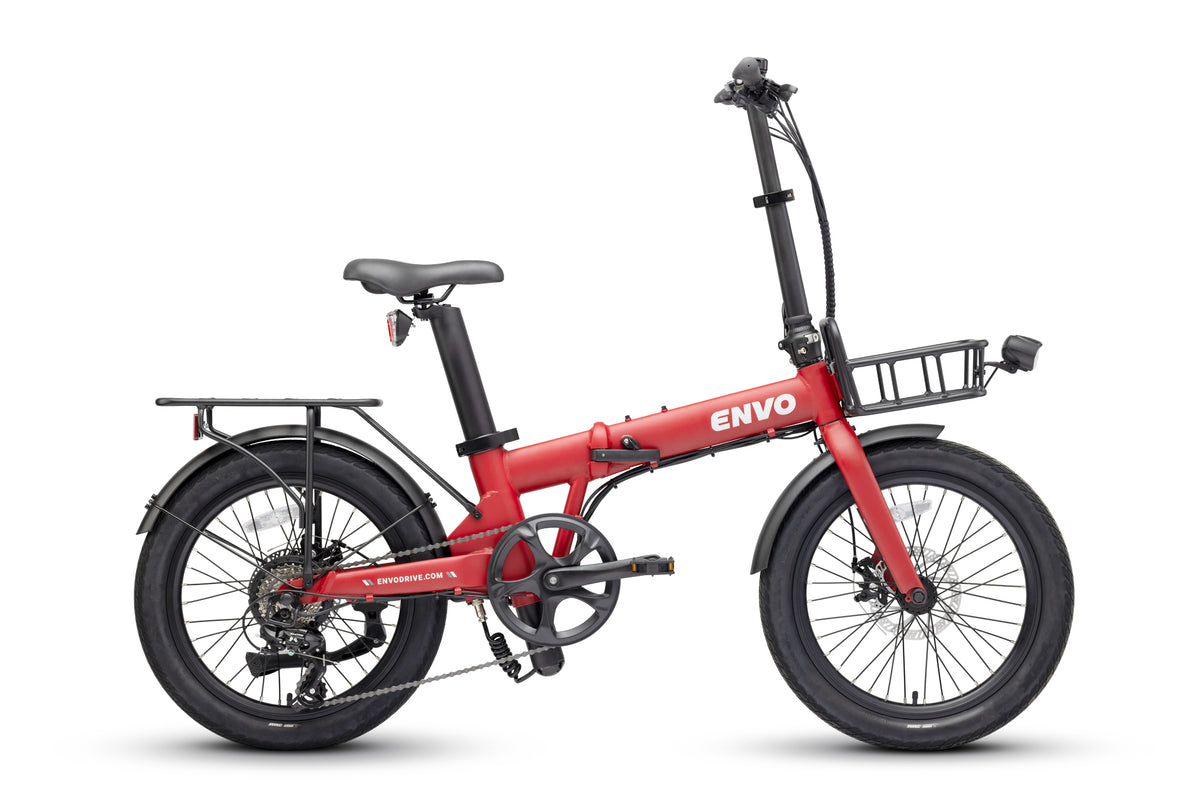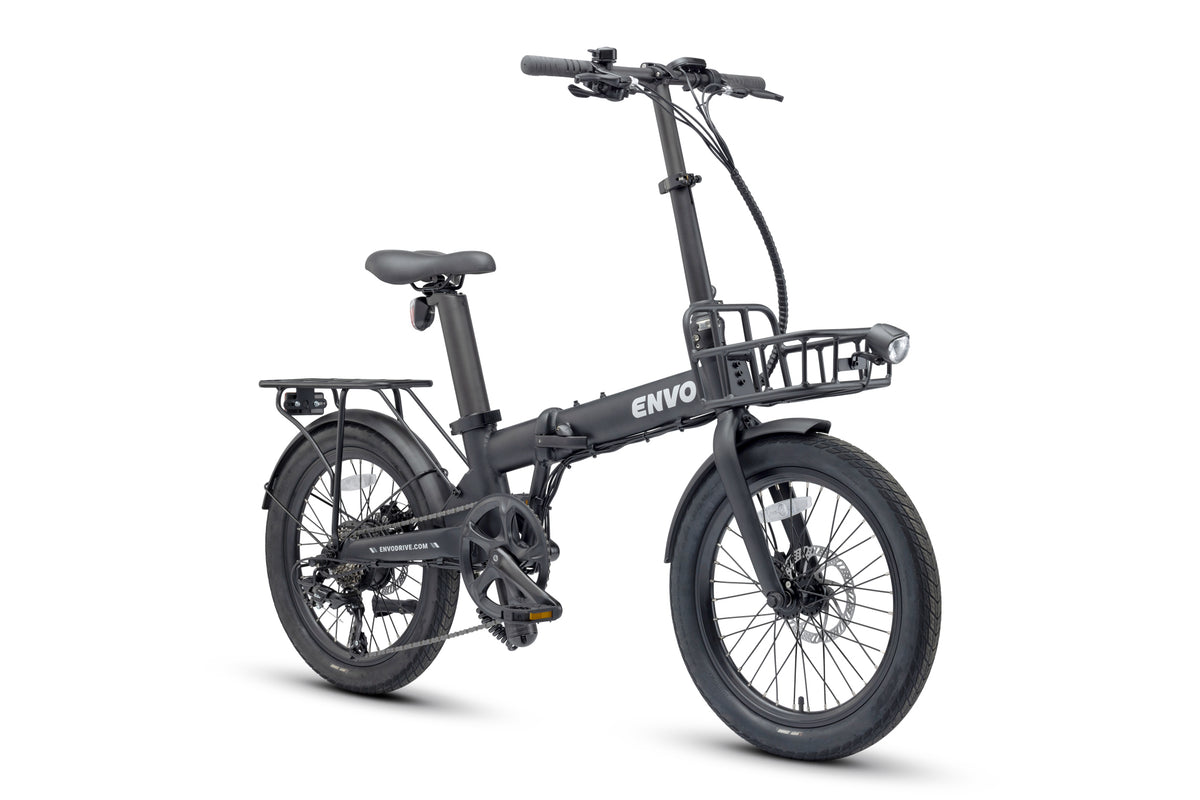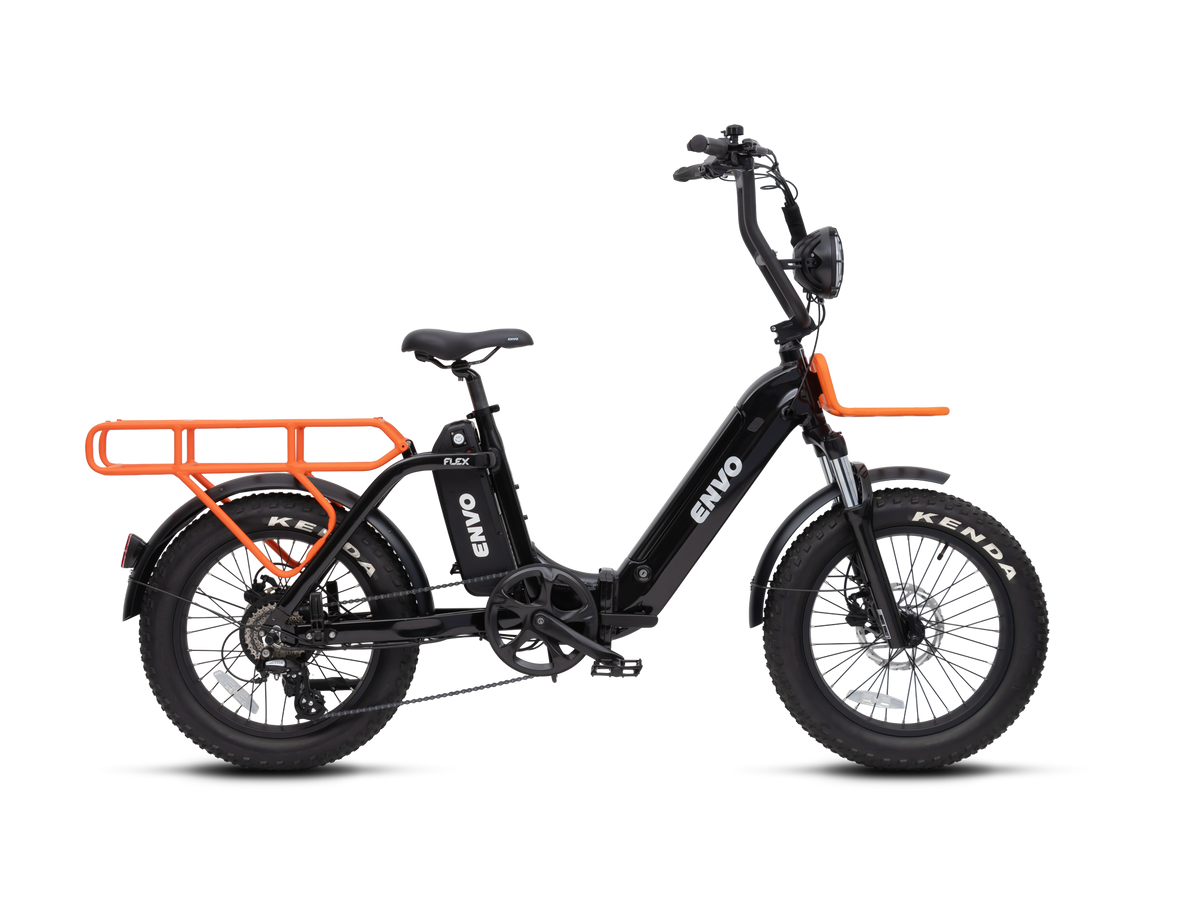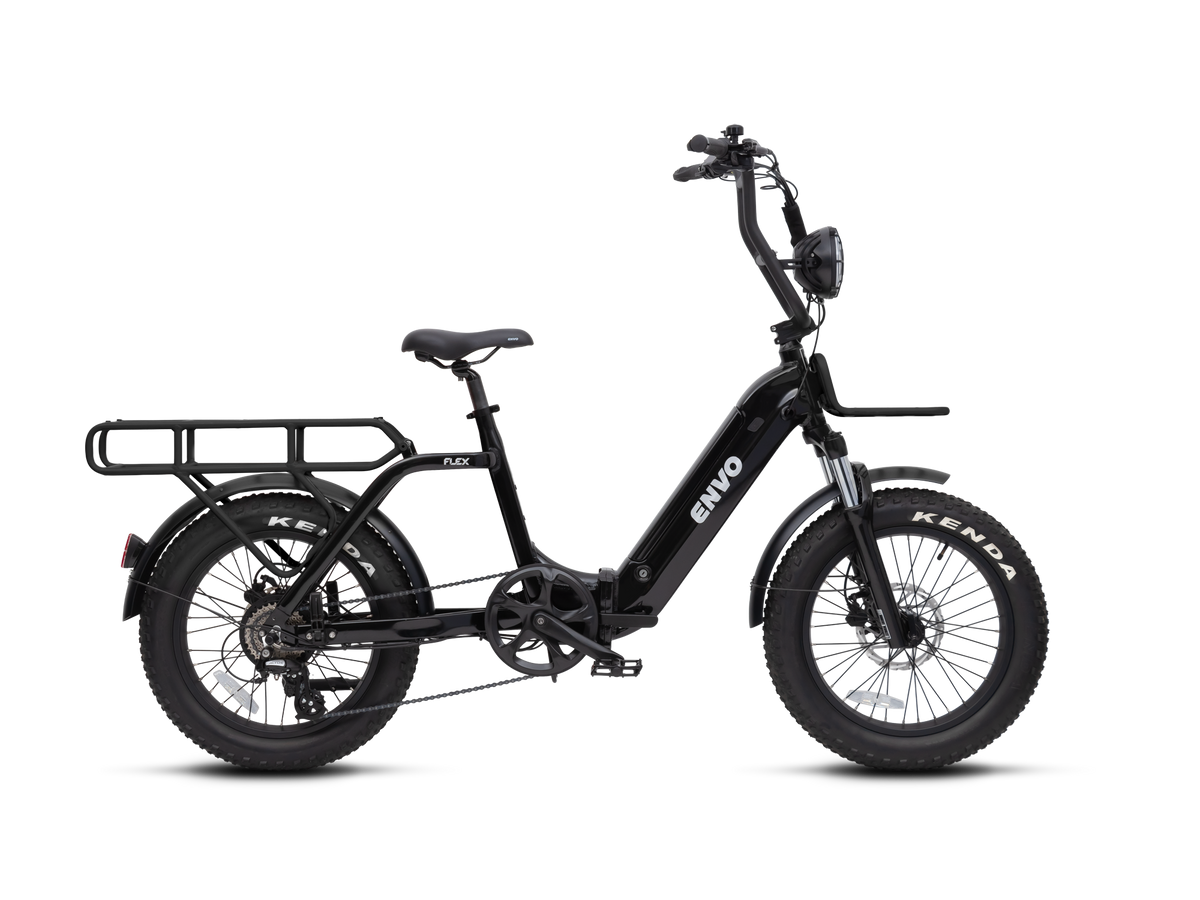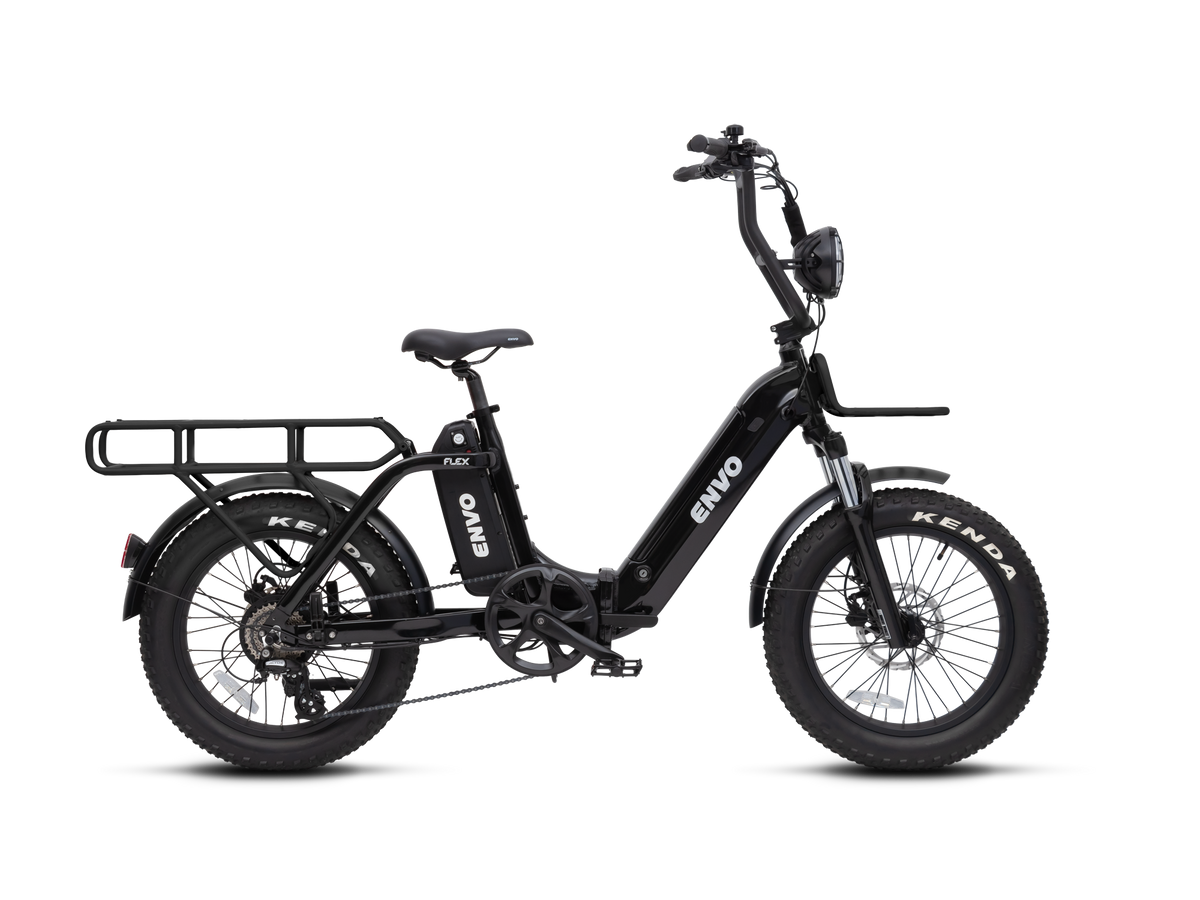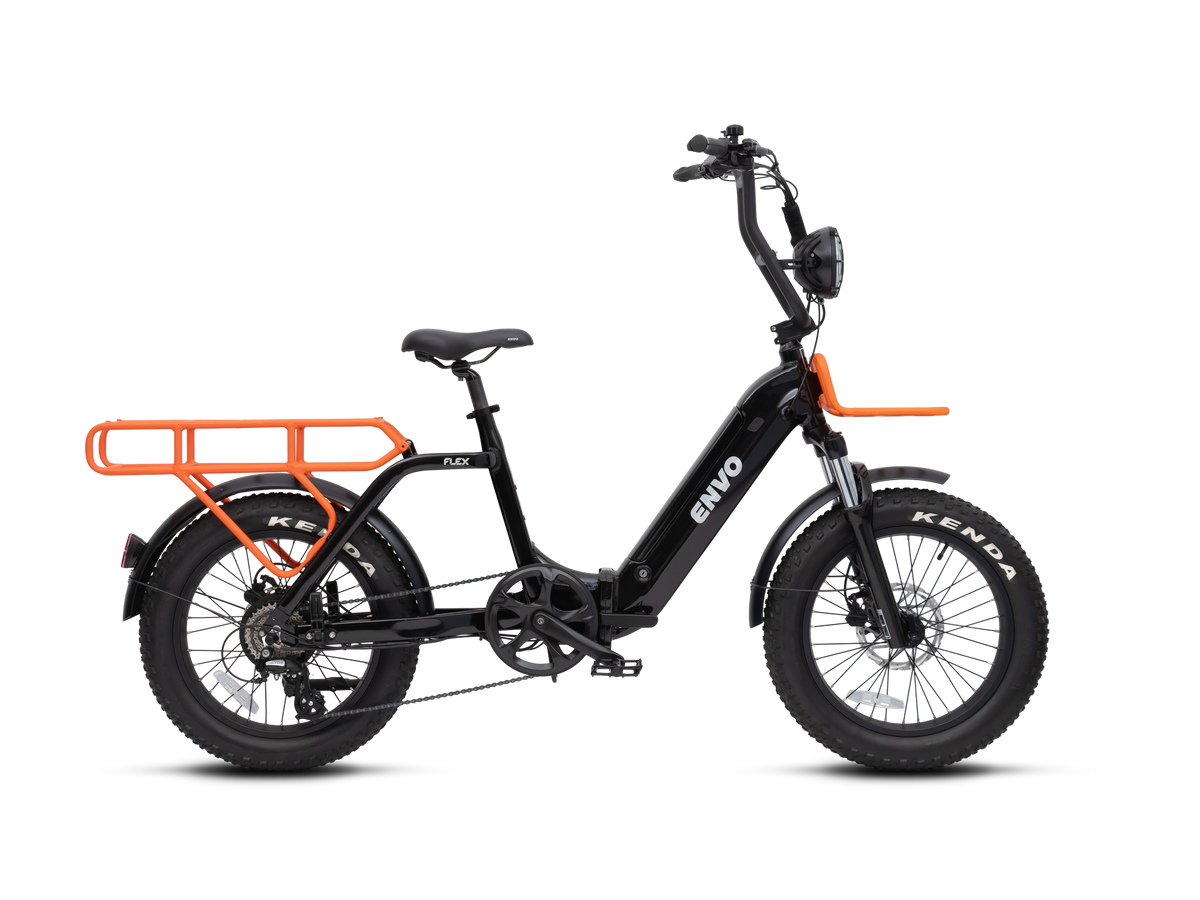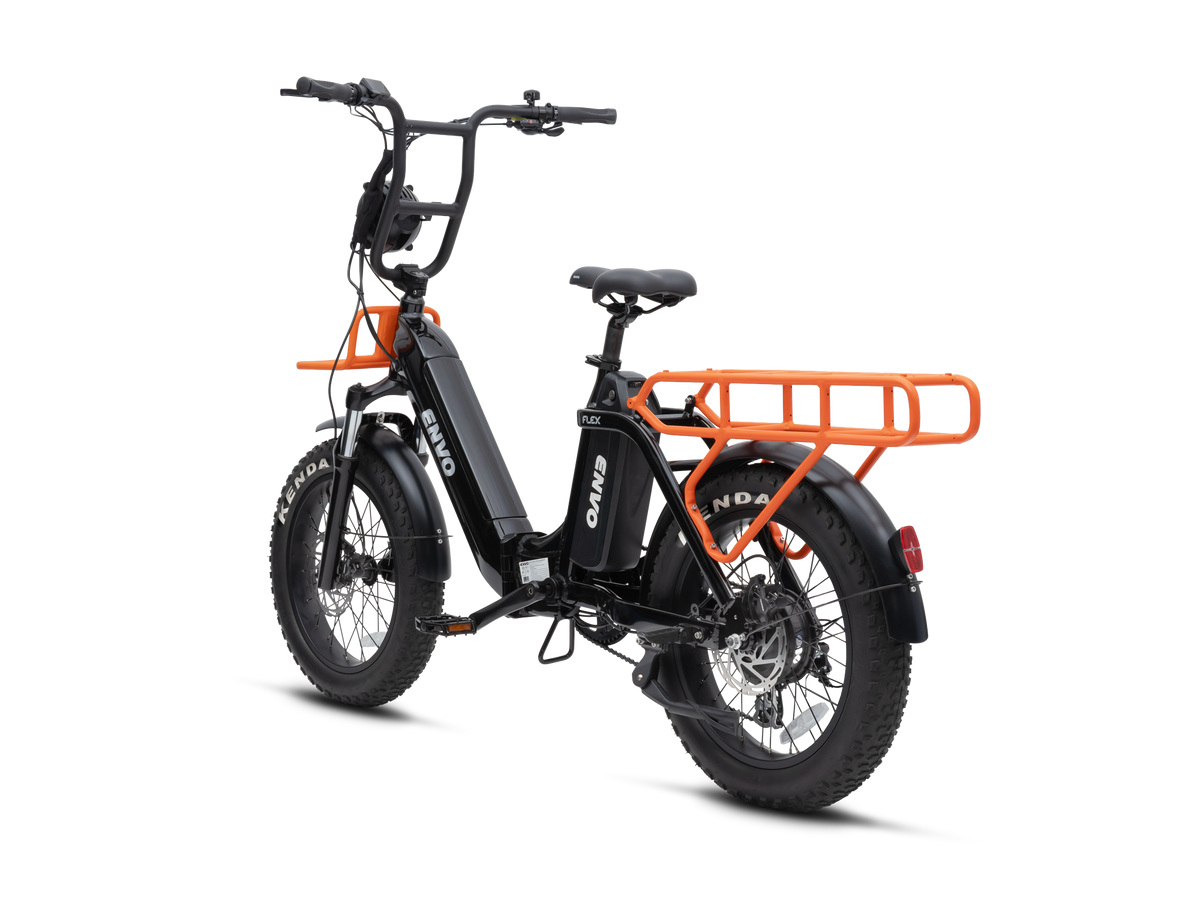Global schedule reliability is at all time low and global average shipping delays for late vessel arrival are at all time high. During the month of April every 4 in 10 container missed their scheduled date of sailing, this situation is unprecedented, market research firms report this as the worse role over rate since they started recording data. While it is causing inconvenience to customers and businesses alike, it is important to understand what factors cause these delays and disruptions.

(Source: Sea-Intelligence)
It all started with COVID pandemic which threw the global economy and consequently global supply chain into tailspin at the start of 2020. For some routes the container shipment cost has increased by three times in just last year, but it is not just about cost. When it comes to a product's cost, only a small portion is attributed to shipping. The biggest concern is the congestion, delays, and capacity shortage.
Early recovery of Chinese economy meant their manufacturing went on full throttle while at the same time lockdown increased the processing time in the westerns ports. This situation ultimately lead to containers sitting empty in western ports sky rocketing the container prices, according to some reports on average containers are sitting 45 days idle. This means containers are piled up in the wrong end of the world, with manufacturer's in Asia scrambling for empty containers to ship their products. Things have gotten so bad that shipping price is no longer the issue, finding the space on a vessel is. Asian exporters are not alone, the situation has impacted European exporters as well. There are reports of bookings being rejected by shipping companies who would rather ship empty containers from Europe to Asia. The situation is same in North America, Washington Post reports that in December 2020 LA port sent out 2.5 times as many empty containers headed to China as full ones.
The global trade is up as well, according to DHL Market Update May 2021, capacity of carriers is increasing for all the trade routes. The average capacity in Aisa-North America trade route is up 45% compared to last year while capacity on Asia-Europe is up 24%. Furthermore all the available ships are sailing. The projection for global container trade for the years 2021-2024 are positive as well, this brings the hope that growing demand of shipment can be meet in the long run brining the inflation of prices and delays down. The carriers are using this opportunity to make their operations even more efficient and buying new containers, while these measures may help in the long run the short term outlook is grim nonetheless.

(Source : Seabury Dec20 update/DHL Market Update)
ENVO is no exception to the global phenomena of shipping delays, we have products and components ready and waiting to be shipped but the disruptions are causing delays for our valuable customers. While the situation looks bleak, it is our belief that market always correct itself, in upcoming months the supply chain constraints will ease up and things will go back to normal but until then shipping delays are the new normal. We are thankful for the patience of our valued customers and will work day and night to ensure that highest quality products and unparalleled customer support is available for our customers.

(Source: Sea-Intelligence)
It all started with COVID pandemic which threw the global economy and consequently global supply chain into tailspin at the start of 2020. For some routes the container shipment cost has increased by three times in just last year, but it is not just about cost. When it comes to a product's cost, only a small portion is attributed to shipping. The biggest concern is the congestion, delays, and capacity shortage.
Early recovery of Chinese economy meant their manufacturing went on full throttle while at the same time lockdown increased the processing time in the westerns ports. This situation ultimately lead to containers sitting empty in western ports sky rocketing the container prices, according to some reports on average containers are sitting 45 days idle. This means containers are piled up in the wrong end of the world, with manufacturer's in Asia scrambling for empty containers to ship their products. Things have gotten so bad that shipping price is no longer the issue, finding the space on a vessel is. Asian exporters are not alone, the situation has impacted European exporters as well. There are reports of bookings being rejected by shipping companies who would rather ship empty containers from Europe to Asia. The situation is same in North America, Washington Post reports that in December 2020 LA port sent out 2.5 times as many empty containers headed to China as full ones.
The global trade is up as well, according to DHL Market Update May 2021, capacity of carriers is increasing for all the trade routes. The average capacity in Aisa-North America trade route is up 45% compared to last year while capacity on Asia-Europe is up 24%. Furthermore all the available ships are sailing. The projection for global container trade for the years 2021-2024 are positive as well, this brings the hope that growing demand of shipment can be meet in the long run brining the inflation of prices and delays down. The carriers are using this opportunity to make their operations even more efficient and buying new containers, while these measures may help in the long run the short term outlook is grim nonetheless.

(Source : Seabury Dec20 update/DHL Market Update)
ENVO is no exception to the global phenomena of shipping delays, we have products and components ready and waiting to be shipped but the disruptions are causing delays for our valuable customers. While the situation looks bleak, it is our belief that market always correct itself, in upcoming months the supply chain constraints will ease up and things will go back to normal but until then shipping delays are the new normal. We are thankful for the patience of our valued customers and will work day and night to ensure that highest quality products and unparalleled customer support is available for our customers.

